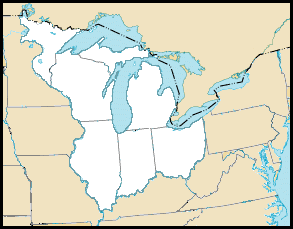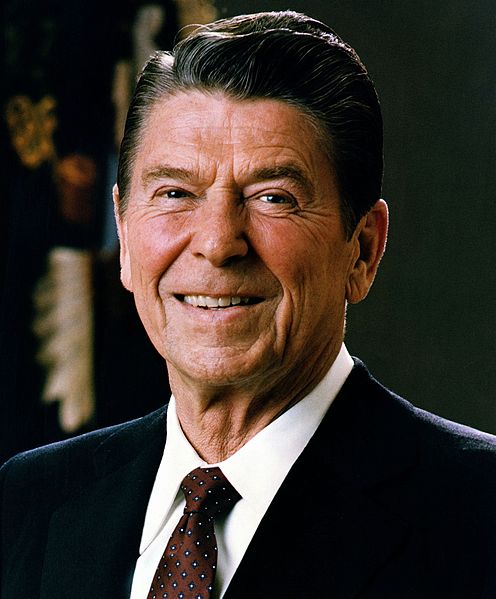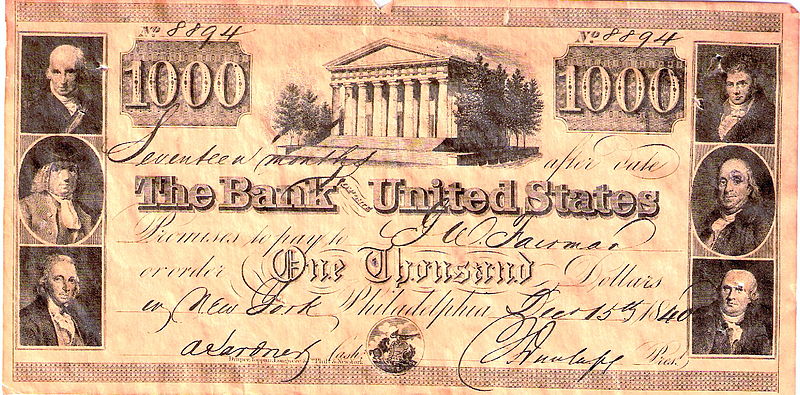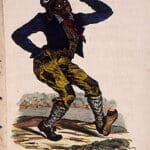I’m from Wisconsin, so learning about the Northwest Ordinance was a part of my state history curriculum from kindergarten onward. If you weren’t so lucky to be from that great state – or you just need a refresher for Northwest Ordinance APUSH exam questions – you’re in the right place. Keep reading!

What was the Northwest Ordinance?
First, it’s important to consider dates here. As is the case with many things in United States history – the Great Migration, the New Deal, and the Great Awakening, for example – there was more than one Northwest Ordinance.
The first, which was signed by Congress on July 13, 1787, created the first organized territory in the United States. The territory was flanked on the West by the Mississippi River, on the North by the Great Lakes, and on the East and South by the Ohio River.
The second Northwest Ordinance was signed in August of 1789 and just slightly tweaked the first. When the APUSH exam asks a question about the Northwest Ordinance, it is likely that the question will be referencing 1787.
It’s important to get these dates right because it helps tell a larger history of the early United States. That early history is marred by land disputes and rapid expansion. Let’s go back to the beginning (sort of – it’s important to note that in all of these land disputes, millions of indigenous people who inhabited the land were there before any Ordinance or Treaty. For this post, I will be going back to the beginning of the story of the Northwest Ordinance, not the beginning of the story of the land itself).
The Seven Years War
Let’s begin with the Seven Years War, that battle between Great Britain and France that spelled out the beginning of the end for colonial rule. The video below gives you a nice overview.
At the conclusion of the War, the British gained the territory to the Northwest (the territory we are interested in for this blog post), but eventually lost their entire New World colony. Bummer for the Brits.
However, when the United States became the United States, several states claimed to have ownership of this Northwest territory as a result of their colonial charters, including Massachusetts and Virginia. The fledgling country was already putting out small fires; a land dispute further challenged any ties these states had to each other.
Enter: Thomas Jefferson.
Thomas Jefferson and the grid system
Thomas Jefferson, as we all well know, was an influential founding father. But his work on the Northwest Ordinance made Jefferson into the Jefferson we think about today.
Jefferson proposed that the states give up their individual claims to land in the Northwest Territory in order to create individual states from it. Additionally, Jefferson proposed the Public Land Survey System that established the grid system that we know today.
Although I won’t get into the specifics, Jefferson proposed a detailed system for how townships and, eventually states, would govern themselves, marking the beginning of the integration of states into the United States.
Why does the Northwest Ordinance matter?
There are quite a few reasons why the Northwest Ordinance matters. First, this was a time when the early United States was able to act in its best interest and set up a system of governance that made its claims to sovereignty seem more legit. Furthermore, the Northwest Ordinance began the debates between land, expansion, and slavery. As Article 6 in the territory states,
“Art. 6. There shall be neither slavery nor involuntary servitude in the said territory, otherwise than in the punishment of crimes whereof the party shall have been duly convicted: Provided, always, That any person escaping into the same, from whom labor or service is lawfully claimed in any one of the original States, such fugitive may be lawfully reclaimed and conveyed to the person claiming his or her labor or service as aforesaid.” (Source)
Although the Northwest territories would not become new slave states, it is clear that slave states would wield power in the North through fugitive slave laws.
Furthermore, as I mentioned in passing earlier, the Northwest Territory began detailing the policy of how the United States would interact with indigenous peoples that would eventually lead to the Trail of Tears. First, the Ordinance outlined how towns were to be made from territories that indigenous people relinquished or lost to the United States; these claims were, of course, dubious. Secondly, the Ordinance outlined the following preferred relationship with indigenous people:
“The utmost good faith shall always be observed towards the Indians; their lands and property shall never be taken from them without their consent; and, in their property, rights, and liberty, they shall never be invaded or disturbed, unless in just and lawful wars authorized by Congress; but laws founded in justice and humanity, shall from time to time be made for preventing wrongs being done to them, and for preserving peace and friendship with them.” (Source)
Of course, there were tribes of indigenous people that refused to acknowledge the sovereignty of the United States and therefore rejected the Northwest Ordinance. However, those tribes eventually succumbed to the Ordinance.
What is an example Northwest Ordinance APUSH question?
The following multiple choice question comes from Pearson.
The Northwest Ordinance of 1787 most influenced the development of the region by:
A. establishing procedures and guidelines for the creation of governments in the Northwest Territory.
B. making arrangements for an equitable division of land between Native Americans and white settlers in the Northwest Territory.
C. establishing rules for the conduct of trade between Canada and the Northwest Territory.
D. making possible the integration of the Northwest Territory into the national economy.
Correct Answer:
The answer to this example Northwest Ordinance APUSH question is A. As stated above, the Northwest Ordinance provided guidelines for governing in the Northwest territory. The land was not equitably distributed between Native Americans and whites; the Ordinance did not establish rules for trading with Canada; and the Ordinance was not expressly about economic integration, although factors that influenced the economy – such as slavery – were important in the passing of the Ordinance.





Leave a Reply